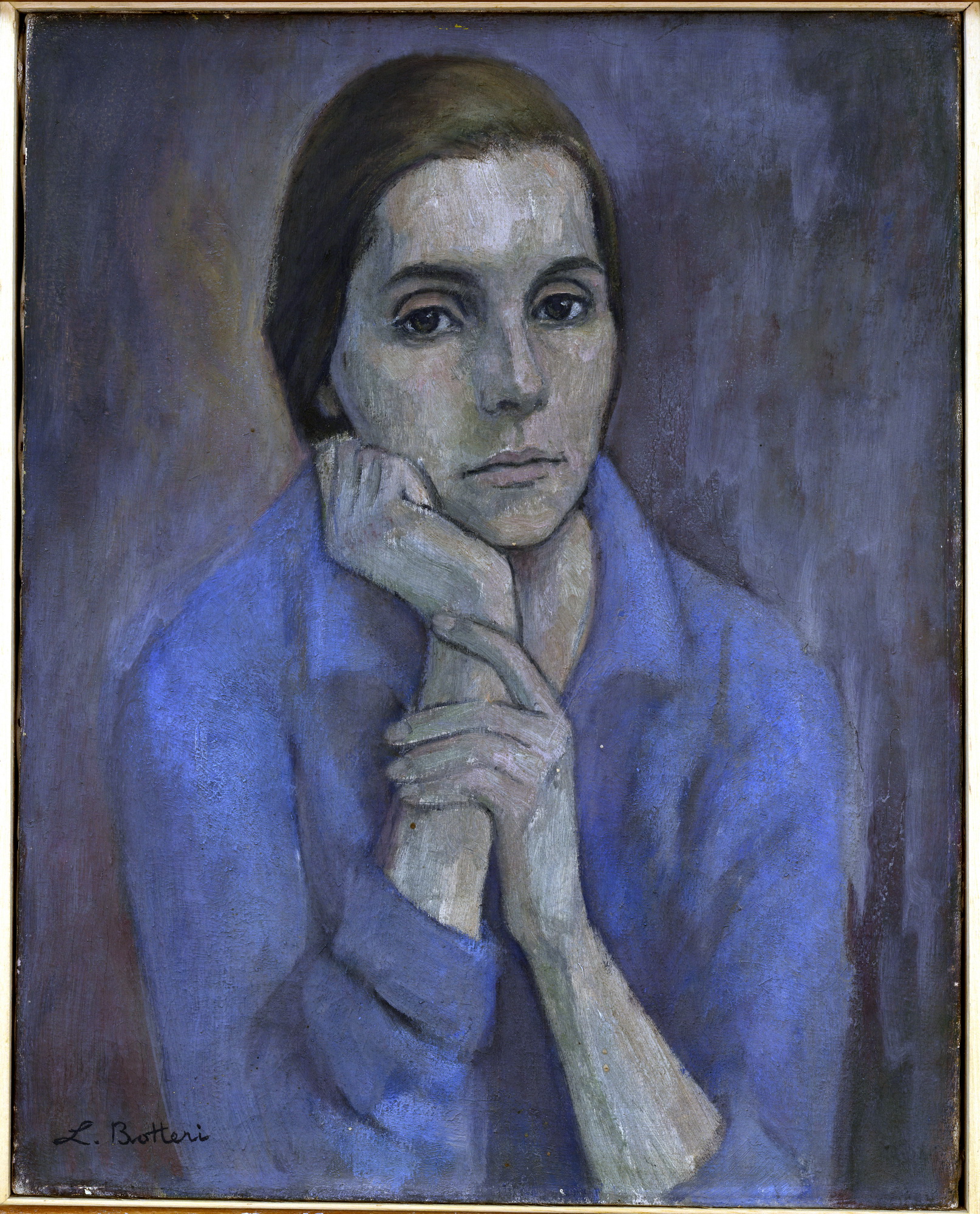OS PRIMEIROS PASSOS NA XILOGRAVURA: FRANCISCO STOCKINGER
DOI:
https://doi.org/10.33871/sensorium.2024.11.9680Keywords:
Xilogravura, Prostituição, Mangue, Expressionismo, Francisco StockingerAbstract
This paper intends to emphasize the artist and his representation of the red-light district in Rio de Janeiro, the Mangue, and his beginnings in the production of woodcuts on wooden blocks. Stockinger sought to reflect a city within the city, with lots of light, lots of movement and the hard work of the women of the Mangue, generating a series of woodcuts of the Mangue, which clearly show the importance he gave to the work of prostitutes. His woodcuts are mirrors of the social reality of an era.
Downloads
References
ANDRADE, Carlos Drummond de. A puta. Boitempo. InPoesia completa. Rio de Janeiro: Nova Fronteira, 2007, p.997-998.
ARGAN, Giulio Cario. Arte moderna. São Paulo: Companhia das Letras, 1993, p.237.
BEHR, Sulamith. Expressionismo.São Paulo: Cosac & Naify Edições, 2000.
CAULFIELD, Sueann. Em defesa da honra: moralidade, modernidade e nação no Rio de Janeiro (1918-1940). São Paulo: UNICAMP, 2000.
DAHER, Luís Carlos. Gravadores. Expressionistas. InSeis gravadores expressionistas no Brasil. São Paulo: Museu Lasar Segai!, 28 out-19 dez, 1982.
LEITE, José Roberto Teixeira. A gravura brasileira contemporânea. Rio de Janeiro: Expressão e Cultura, 1966, p.2.
KUSHNIR, Beatriz. Baile de máscaras: as polacas num exercício de solidariedade e sociabilidade. Rio de Janeiro: Imago, 1996.
MIRAPALHETE; Daliana Amaral. Gravura brasileira. Textos de Leon Kosso Vitch, Maryara Laudanna e Ricardo Resende. Apresentação Ricardo Ribenboim. São Paulo: Cosac &Naify/Itaú Cultural, 2000.
MORAIS, Frederico. Axl Leskoschek e seus alunos: Brasil, 1940-1948. Rio de Janeiro: Galeria Banerj,1985.
MOTTER, Talitha Bueno. Gravura, figuração e política: a obra de Carlos Scliar junto ao Clube de Gravura de Porto Alegre (1950-1956).2013.Disponível em: https://www.lume.ufrgs.br/bitstream/handle/10183/66823/000872043.pdf?sequence=1. Acesso em: 9 jul. 2021.
PALMIER, Jean-Michel. Léxpressionnisme comme révolte. Paris: Payot, 1983, p.16.
PALMIER, Jean-Michel. L'Expressionnisme et les arts. Peinture. Théatre. Cinéma. Paris: Payot, 1980, p 133. SILVESTRE, Osvaldo Manuel. A puta. Carlos Drummond de Andrade. In Inimigo Rumor, n.13, 2002, p. 38-47.
Downloads
Published
Versions
- 2025-05-28 (2)
- 2024-10-22 (1)
Issue
Section
License
Copyright (c) 2024 International Interdisciplinary Journal of Visual Arts - Art&Sensorium

This work is licensed under a Creative Commons Attribution 3.0 Unported License.
Authors who publish with this journal agree to the following terms:- Authors retain copyright and grant the journal right of first publication with the work simultaneously licensed under a Creative Commons Attribution License that allows others to share the work with an acknowledgement of the work's authorship and initial publication in this journal.
- Authors are able to enter into separate, additional contractual arrangements for the non-exclusive distribution of the journal's published version of the work (e.g., post it to an institutional repository or publish it in a book), with an acknowledgement of its initial publication in this journal.
- Authors are permitted and encouraged to post their work online (e.g., in institutional repositories or on their website) prior to and during the submission process, as it can lead to productive exchanges, as well as earlier and greater citation of published work (See The Effect of Open Access).


